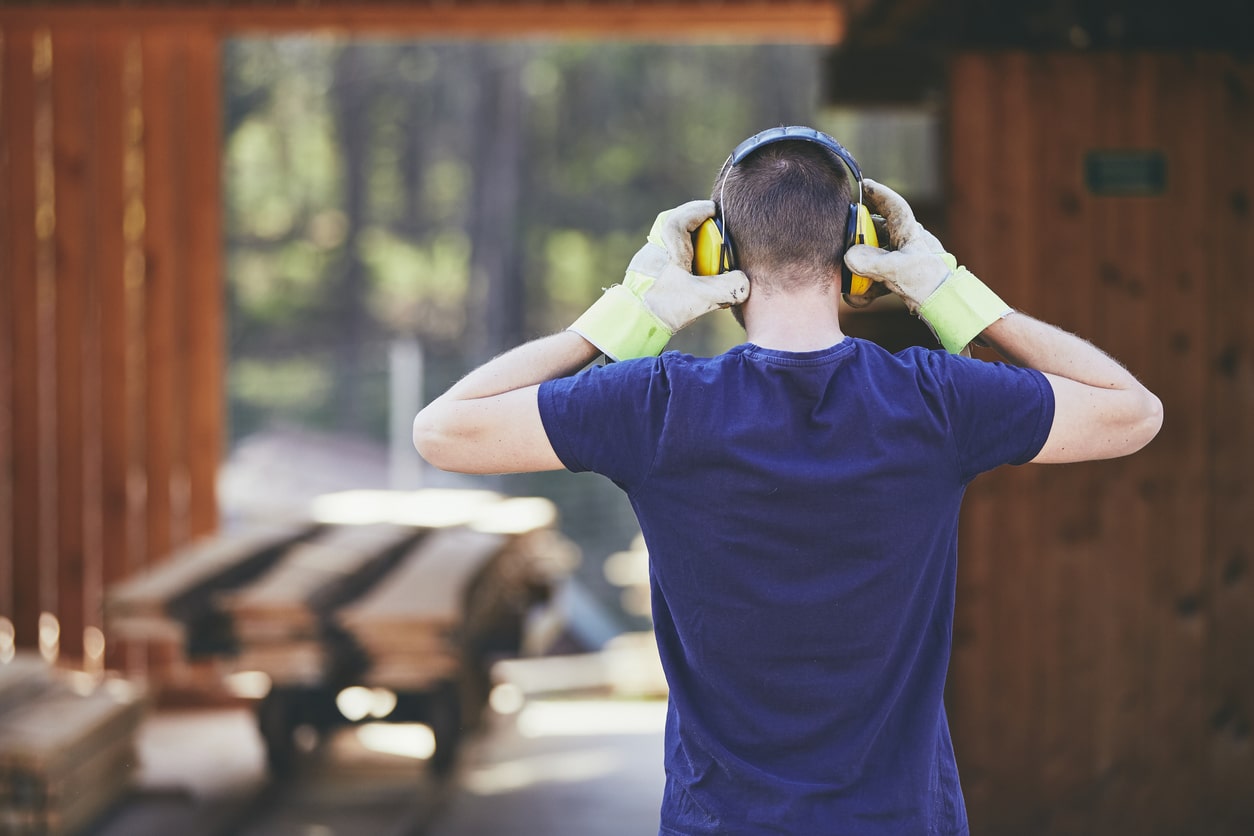If you’ve ever experienced muffled sounds after being exposed to a loud noise, you’ve experienced a phenomenon known as a threshold shift. Auditory threshold is defined as “the average sound pressure level that is just audible to a subject under quiet conditions,” or the level of sound your ears can pick up at a baseline level. When this threshold moves (or “shifts”), it’s called a threshold shift, and it is a form of noise-induced hearing loss. Threshold shifts are divided into two categories: temporary threshold shifts (TTS) and permanent threshold shifts (PTS).

How Does Sound Cause TTS and PTS?
In order to discuss how loud noises can cause threshold shifts, let’s review how our hearing works. Sound waves travel through the ear canal and hit the eardrum, causing it to vibrate. Those vibrations ripple the fluid inside the cochlea, which is an organ in the inner ear covered in tiny hair-like cells. These hair cells wave when the fluid moves, like plants on the sea floor. This movement of the hair cells is then converted to electrical waves, which transmit sound information to the brain’s auditory center.
When the ear is exposed to a loud noise, the body may react by constricting blood vessels as a way to protect the hair cells from damage. The slowed blood flow powers down the outer row of hair cells, leaving only the inner rows working. Imagine throwing a rock into a lake and watching the ripples: in the center, the ripples are higher and stronger, but they diminish as they pulse outward. The size of ripples that the outer row of hair cells encounter is much like the center of that splash, whereas the size of ripples that the inner row encounters is like the outside rings of the splash. Since the outer row of hair cells will bear most of the impact from a loud noise (i.e., a really big wave), reducing blood flow and taking those outer hair cells offline is a way to protect them. This is a temporary threshold shift, and it usually lasts 24 hours to a week before recovering to the ear’s previous baseline sensitivity levels.
If hair cells suffer prolonged exposure to loud noises, a permanent threshold shift will occur. Strong waves may bend or damage the hair cells, or they may lose their ability to respond and eventually die due to restricted blood flow. Hair cells do not regenerate when damaged, so this threshold shift will be permanent.
How Can I Protect Myself from TTS and PTS?
The best way to avoid any form of noise-induced hearing loss is to avoid loud noises. However, we all know this is easier said than done; the CDC estimates that 25% of all workers are exposed to potentially damaging levels of noise at work, so it’s important to take steps to protect your hearing. Some measures you can take include:
- Wear hearing protection, like earplugs or earmuffs.
- Walk away from the loud noise.
- Turn the volume down.
It’s also critical to take breaks from loud noises, if possible, to avoid prolonged, incessant exposure.
Monitor your hearing health, especially in the wake of exposure to loud noise, by getting regular hearing check-ups. Call Valley Audiology today for more information or to make an appointment.